Unlocking the "Why" Behind Your Product: A Guide to Effective Communication

As an interior design expert and architect, I’ve seen firsthand how the right communication can transform a simple product into a compelling solution. Understanding your target audience and highlighting the features that resonate with their needs is crucial for success.
Let’s break down the process of crafting a compelling message for your product or service. We’ll start by defining your ideal customer, then dive into the key features and benefits that will truly speak to them.
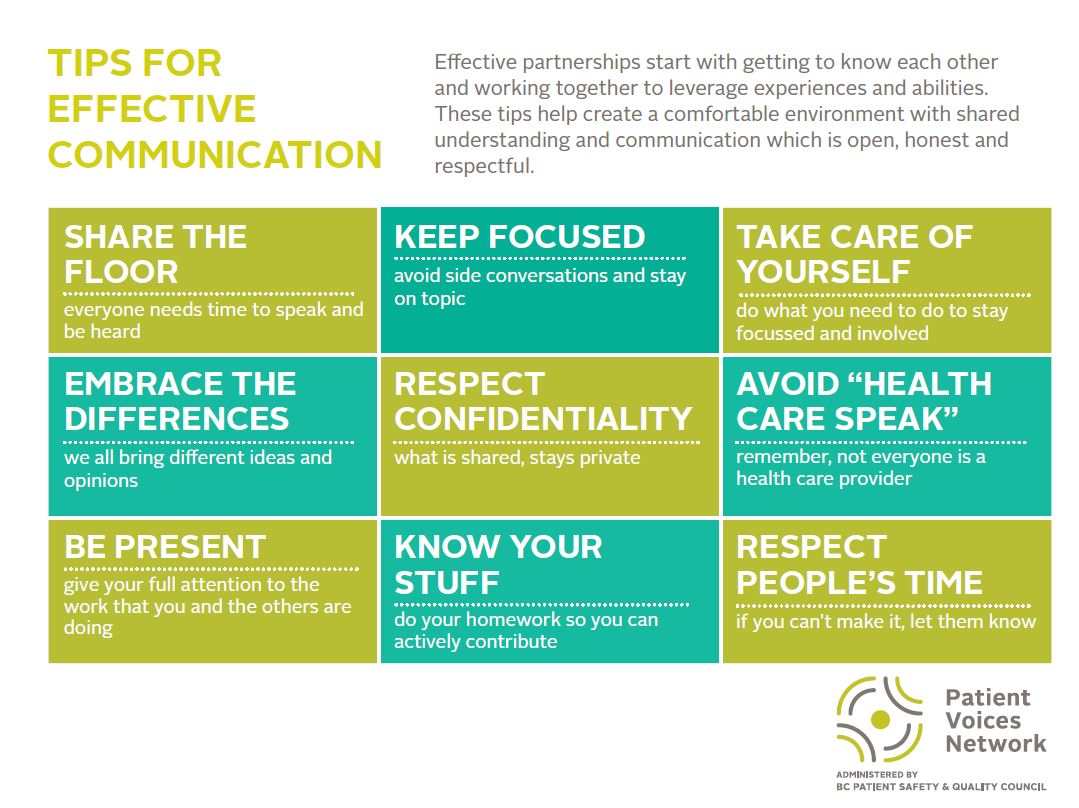
1. Know Your Audience: The Foundation of Effective Communication
Before we can talk about features and benefits, we need to understand who we’re talking to. Imagine your ideal customer. What are their:
- Demographics: Age, gender, location, income level, education, family size, lifestyle.
- Psychographics: Values, interests, hobbies, aspirations, personality traits, concerns.
- Pain Points: What challenges or problems do they face in their daily lives that your product or service can solve?
- Motivations: What are their driving forces for purchasing? Are they looking for convenience, efficiency, style, value, or something else?


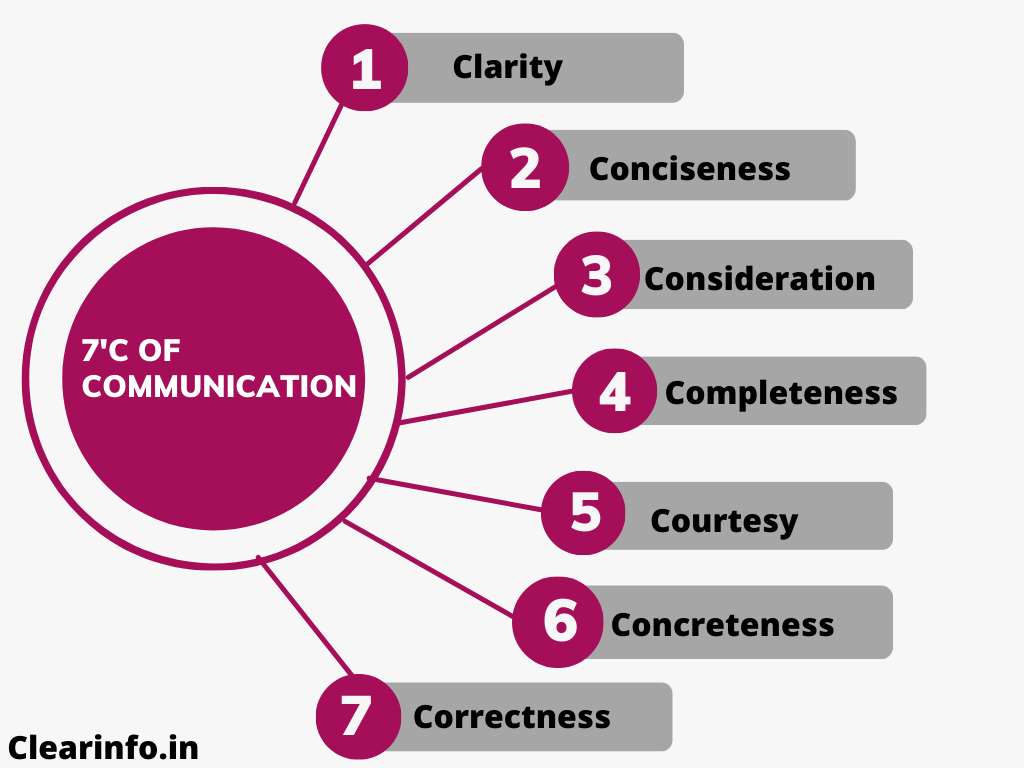
Example: Let’s say you’re selling a smart home system. Your ideal customer might be a busy professional couple with young children who value security, convenience, and energy efficiency.
2. Identify Your Product’s Unique Selling Proposition (USP)

What makes your product or service stand out from the competition? This is your unique selling proposition, the core reason why customers should choose you.
Example: Your smart home system might have a unique feature that allows parents to monitor their children’s safety from anywhere in the world. This could be your USP, as it directly addresses the pain point of busy parents who worry about their children’s safety.
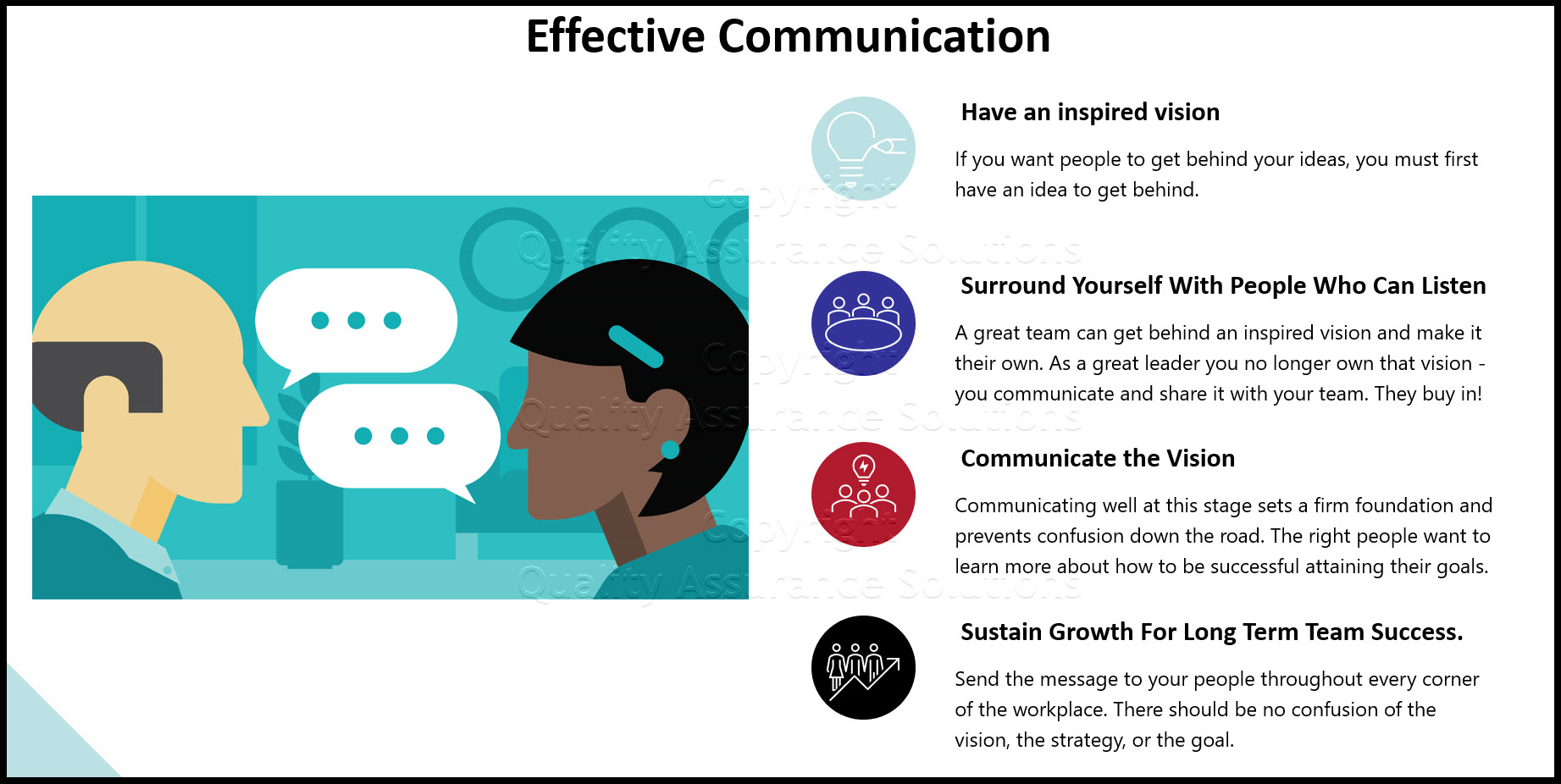
3. Unpack the Features: What Does Your Product Do?
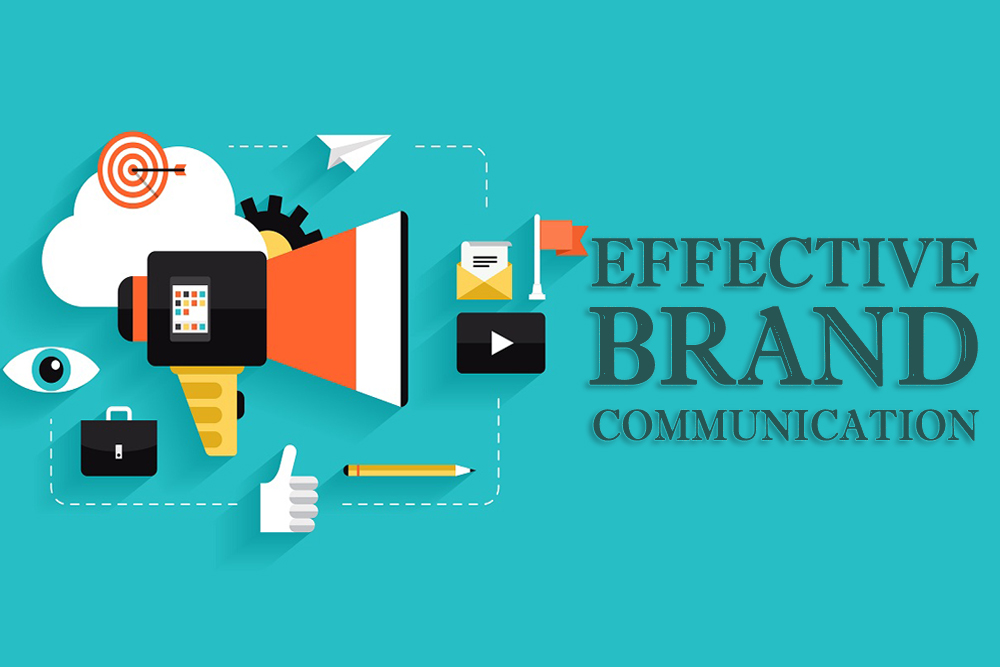
Features are the tangible aspects of your product or service. They are the nuts and bolts, the functionalities, the components.
Example: Some features of your smart home system might include:

- Remote control: Control lights, appliances, and security systems from your smartphone.
- Voice control: Use voice commands to operate your home.
- Energy monitoring: Track energy usage and identify areas for savings.
- Security system: Receive alerts and monitor your home remotely.
- Integration with other devices: Connect your system to other smart devices like thermostats, doorbells, and cameras.

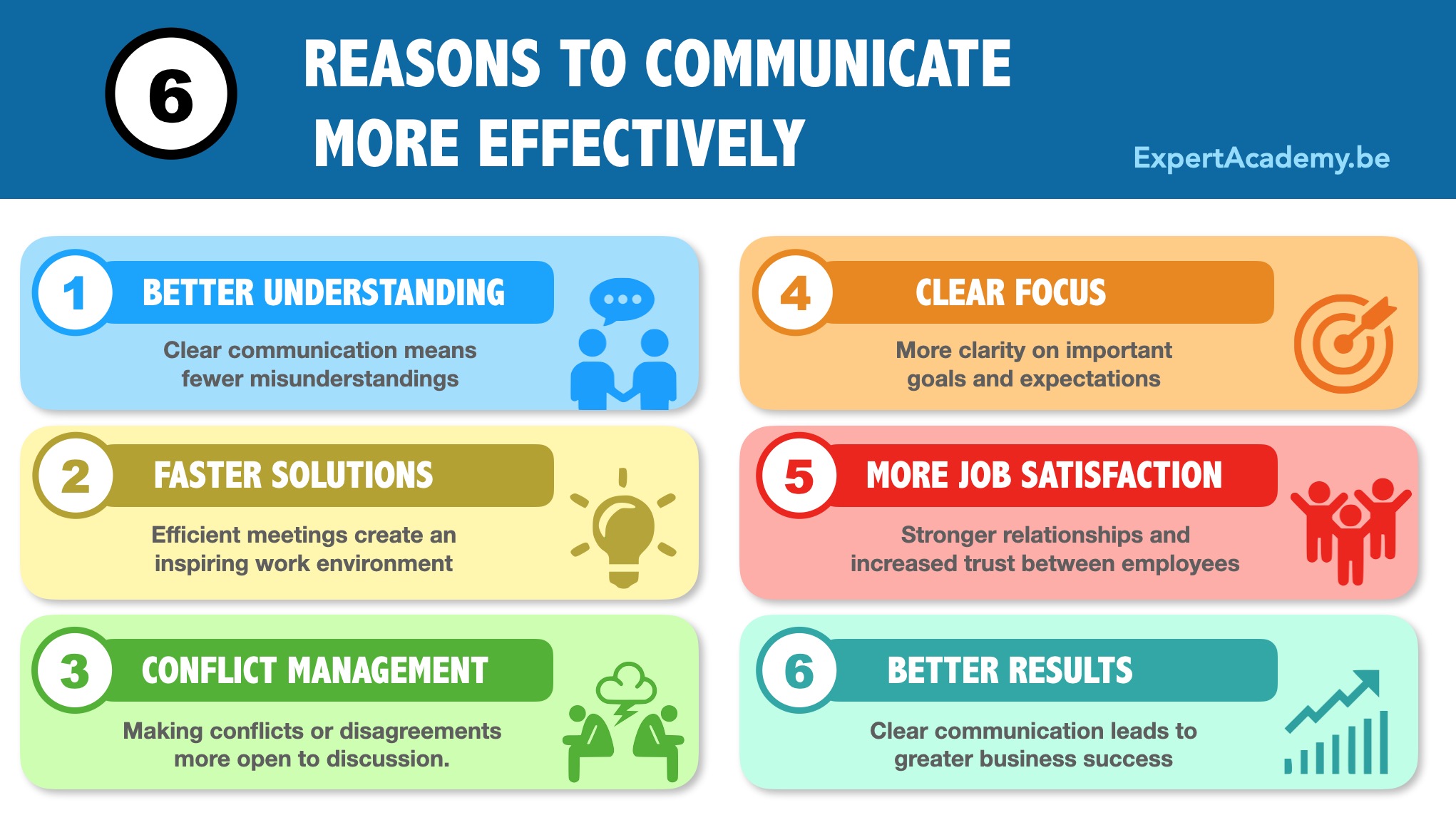
4. Highlight the Benefits: What Does Your Product Do For Your Customer?

Benefits are the intangible value your product or service provides to the customer. They answer the question "What’s in it for me?"
Example: The benefits of your smart home system for your ideal customer might include:
- Peace of mind: Knowing your home is secure and your children are safe, even when you’re away.
- Convenience: Control your home from anywhere, saving time and effort.
- Energy savings: Reduce your energy bills and contribute to a greener environment.
- Increased comfort: Enjoy a more comfortable and efficient living space.
- Improved lifestyle: Free up your time and focus on what matters most.

5. Connect the Dots: Bridge the Gap Between Features and Benefits
Don’t just list features; show how they translate into real benefits for your customer. Use clear, concise language that connects the dots.
Example:
- Feature: Remote control of your home’s lighting.
- Benefit: Turn off the lights from your phone while you’re at work, saving energy and money.
- Feature: Voice control of your appliances.
- Benefit: Start the coffee maker with a simple voice command, giving you more time to relax in the morning.
6. Use Storytelling: Make Your Product Come Alive
People connect with stories. Use compelling narratives to illustrate the benefits of your product or service.
Example:
Imagine a busy professional couple struggling to juggle work, family, and household chores. They’re constantly worried about their children’s safety and want a more efficient way to manage their home. Your smart home system steps in, offering them peace of mind, convenience, and energy savings. They can now monitor their children from anywhere, control their home with their voice, and track their energy usage, all while enjoying a more comfortable and efficient lifestyle.
7. Focus on Emotional Resonance:
Appeal to your customer’s emotions. What feelings does your product evoke? Does it offer security, comfort, freedom, or excitement?
Example:
Your smart home system can evoke feelings of safety, security, and control. It can give your customers a sense of empowerment and peace of mind, knowing they have the tools to manage their home effectively.
8. Use Visuals:
Images, videos, and infographics can be powerful tools for communicating the benefits of your product.
Example:
Use images of happy families enjoying the convenience and comfort of your smart home system. Show how your system can help people save time, energy, and money.
9. Provide Proof:
Testimonials, reviews, and data can add credibility to your claims.
Example:
Share customer testimonials about how your smart home system has improved their lives. Include data on energy savings or security features.
10. Call to Action:
Tell your customers what you want them to do. Do you want them to visit your website, call for a consultation, or make a purchase?
Example:
"Visit our website to learn more about our smart home system and schedule a free consultation."
Conclusion:
By understanding your target audience, highlighting your product’s unique selling proposition, and clearly communicating the features and benefits, you can create a compelling message that resonates with potential customers and drives sales. Remember, the key is to connect with your audience on an emotional level and show them how your product can solve their problems and improve their lives.
